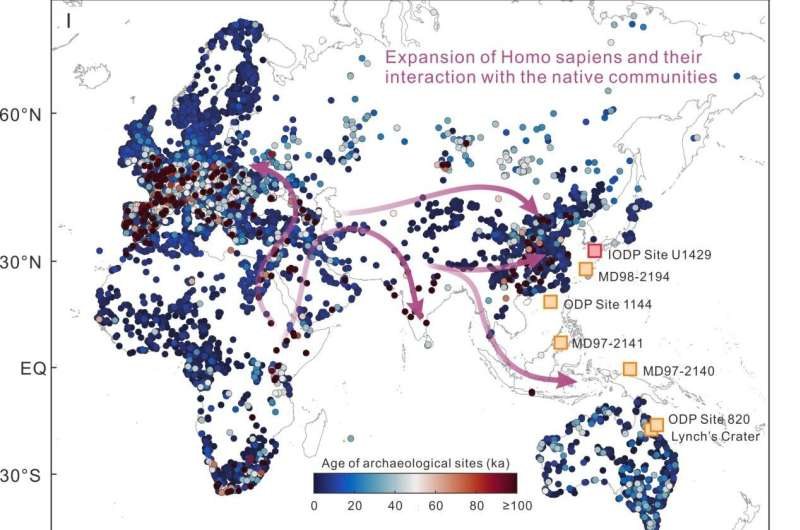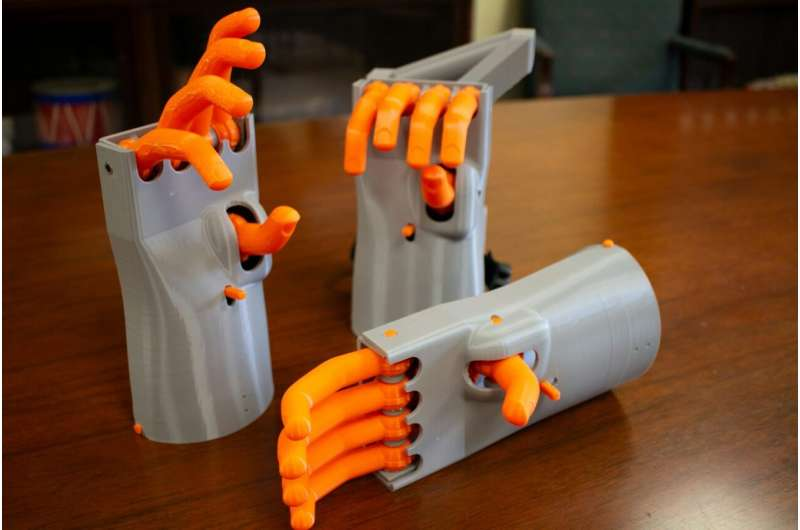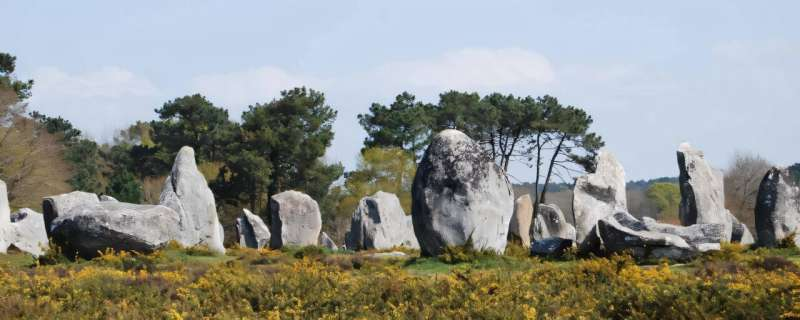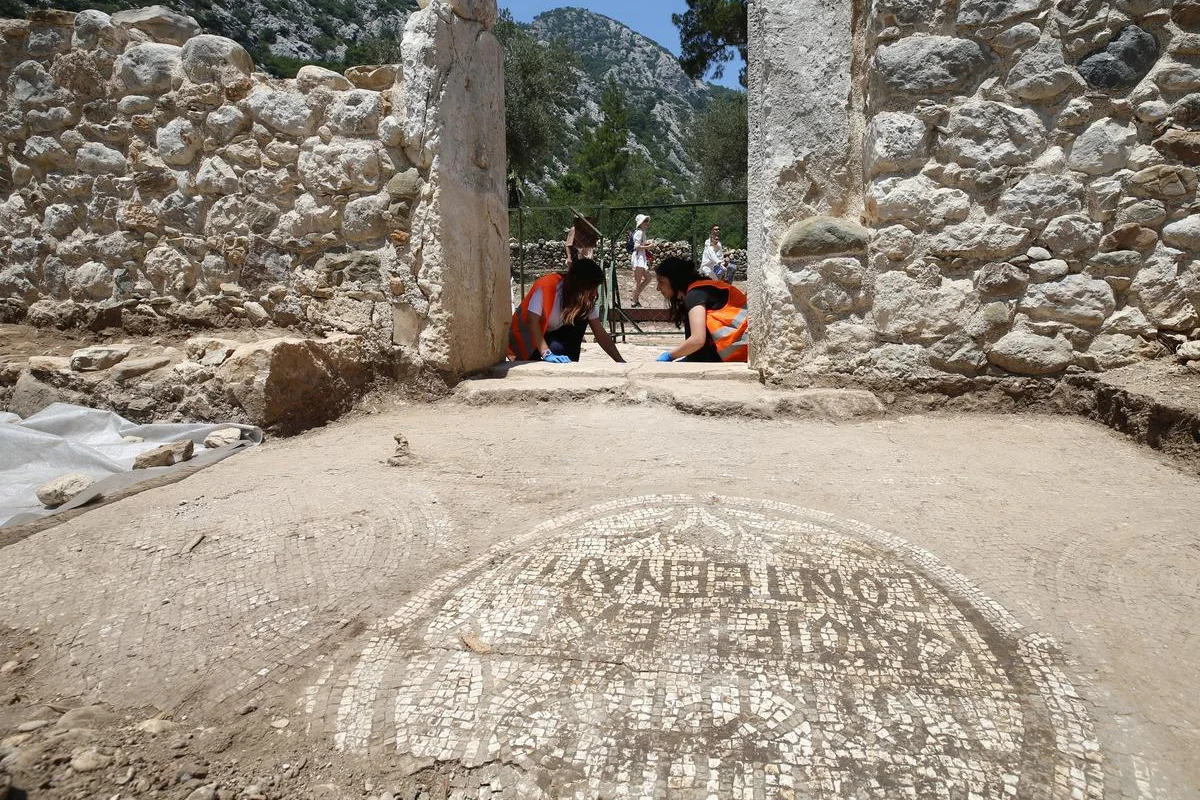One of the most legendary and iconic Pharaohs in the annals of ancient Egypt, Ramesses II, has been resurrected in digital form, allowing us to glimpse his youthful vitality and aging grace. Thanks to the advanced technology of computed tomography (CT) scans and the meticulous work of dedicated researchers, the face of Ramesses II has been reconstructed at both the zenith of his power, at the age of 45, and at the time of his passing, at the venerable age of 90. This remarkable feat offers us a unique perspective into the life and times of the ruler, often referred to as Ramesses the Great.
Ramesses II, or Ramesses the Great, ruled the New Kingdom of Egypt from 1279 to 1213 BCE, leaving an indelible mark on the history of Egypt and the world. His legendary 66-year reign saw him ascend to the pinnacle of his power and influence. During this time, he faced numerous regional foes and expanded the Egyptian empire, firmly cementing his status as one of the most powerful and influential Pharaohs in Egypt's history.
Youthful Vitality and Aging Grace
Ramesses II was known for his military prowess and charismatic rule, with his prime years being around the age of 45. At the time of his death, he had reached the remarkable age of 90. Using modern CT scanning technology and specialized techniques suitable for ancient mummies, researchers were able to explore the preserved features of his mummy. These well-preserved remains served as a time capsule, enabling us to study his fine facial characteristics in depth.
A side-profile view of Ramesses II at age 90 (left) and 45 (right).
Image credit: Face Lab @ Liverpool John Moores University
The 3D facial depictions of Ramesses II offer us a glimpse into his unique physical traits. In his later years, the Pharaoh displayed clear signs of aging, with a bald head and hair remaining only on the back and sides, dyed orange with henna, a practice that remained visible on the mummified body after over 3,200 years. Ramesses II also had pierced ears, although historical evidence suggests that adult males in Ancient Egypt generally wore earrings only during their youth, which is why the researchers chose to depict the adult Ramesses without any jewelry.
The facial features of Ramesses II, as revealed through these remarkable reconstructions, include a "honey-brown skin tone" and a "very prominent nose." Interestingly, the embalmers had made efforts to preserve his distinctive nose by stuffing it with items such as seeds, resin, and an animal bone.
Reconstructing Youthful Ramesses
To recreate the youthful visage of Ramesses II, the researchers employed advanced computer modeling tools. By removing the signs of old age, such as a droopy nose, thin lips, and hollow cheeks due to the loss of teeth, they were able to unveil a younger and more vigorous representation. The younger Ramesses II face model boasts a stronger, firmer jawline, a shorter nose, fuller cheeks and lips, fewer wrinkles, mild facial folds and creases, and darker, fuller hair, reflecting the Pharaoh's glory days as a middle-aged powerhouse.
The digital resurrection of Ramesses II, one of the most renowned Pharaohs in ancient Egyptian history, through CT scans and 3D reconstructions offers us a unique opportunity to connect with the past. These detailed and lifelike depictions provide a captivating insight into the life and physical attributes of the Pharaoh during his prime and later years, bridging a 3,200-year gap to bring history to life. This remarkable endeavor not only enriches our understanding of Egypt's legendary ruler but also showcases the incredible advancements in technology and historical research that continue to unlock the mysteries of the past. Ramesses the Great lives on in digital form, reminding us of his enduring legacy and the power of human ingenuity to connect with history.








